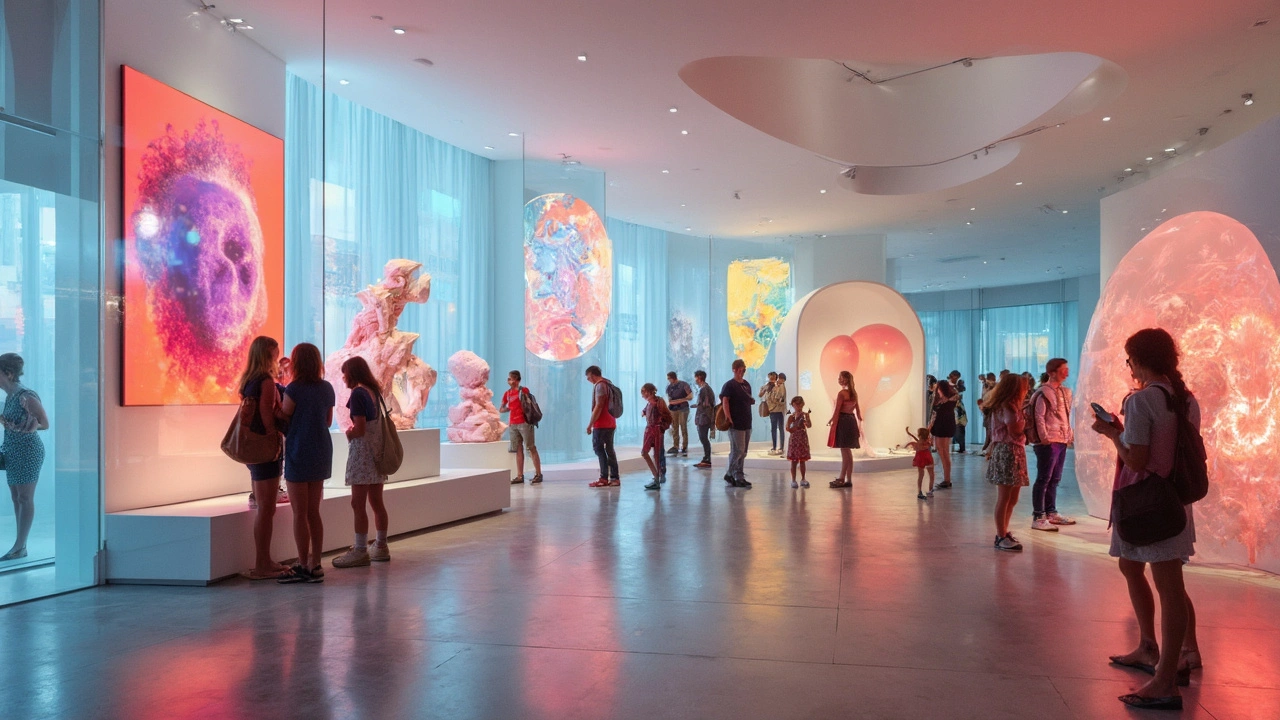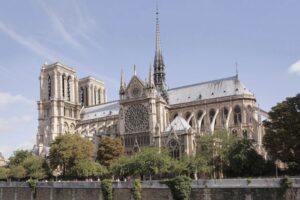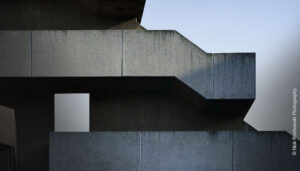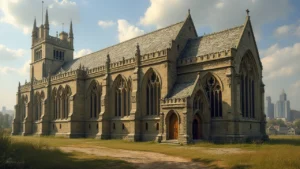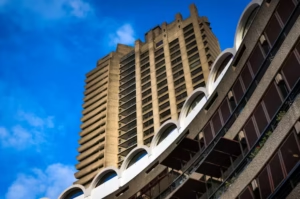The Soul of a Building: Why the Past Still Matters
Neo-Heritage is a silent but potent architectural movement that is gaining traction in the digital age of fast change and globalised aesthetics. This is a competent and imaginative reaction to the desire for authenticity and a sense of place, not a sentimental yearning for a time gone by. The art of incorporating a building’s past, culture, and setting into its contemporary identity is known as neo-heritage. It’s a dialogue between periods, where modern functionality and inventiveness collide with the grace of classic shapes and the wisdom of traditional craftsmanship. As a consequence, a place is given a character, and a narrative is told through an architectural style that feels both timeless and forward-looking.
Architects like Olajumoke Adenowo, a pivotal figure in the movement, who promotes using traditional knowledge to develop answers for the future, eloquently embody this idea. This is about active, creative conservation, as she and others have demonstrated, not about creating a replica or preserving a moment in time. It involves reinterpreting the best aspects of the past, such as building materials and techniques and cultural themes, in a way that is captivating, sustainable, and relevant to the present world.

Olajumoke Adenowo
A pivotal figure in Neo-Heritage architectural movement
The Creative Blueprint: Neo-Heritage Design Principles
How, therefore, do designers and architects accomplish this subtle yet motivating fusion? The procedure involves striking a precise balance between technical know-how, creativity, and respect.
Creative Contrast, Respectful Integration:
Listening to the past is always the first step. A thorough analysis of the current framework or cultural vernacular is the first step in any successful Neo-Heritage project. Understanding the “genius loci,” or the essence of the location, is more important than only aesthetics. Architects can then decide whether to utilise a purposeful contrast or to blend new pieces in with the original in a way that feels natural. For instance, a classic brick front might be enhanced by a sleek, contemporary glass addition. This contrast is a clever decision that establishes a visual conversation between the old and the new while showcasing their integrity and beauty.

© Otxotorena Arquitectos
Sustainable Storytelling:
Because they were constructed using long-lasting, locally sourced materials and climate-responsive passive design strategies, traditional structures were frequently naturally sustainable. By reviving these customs, Neo-Heritage solidifies sustainability as a fundamental component of its corporate culture. These designs lessen their environmental effect by reusing traditional techniques like natural ventilation and utilising locally available materials. They also provide a narrative about the country and its inhabitants. In addition to being environmentally sustainable, a structure that incorporates locally sourced wood or stone becomes a part of the surrounding landscape and cultural narrative.

© Otxotorena Arquitectos
Respecting Traditions, Creating Identity:
A potent instrument for cultural expression is neo-heritage. It permits cultural motifs, patterns, and forms to be preserved and reinterpreted. These components are integrated into the architecture of homes, public buildings, and urban landscapes rather than being restricted to museums. In an increasingly globalised world, this is particularly important for communities looking to maintain their own identity. As a result, the building itself becomes a source of pride and evidence of the long-standing legacy of a community.

© Ederer+ Haghirian Architekten ZT-GmbH
Inspirational Iconic Examples
Neo-Heritage is taking many inspirational shapes all around the world. The Astley Castle in Warwickshire, England, is a well-known illustration of this artistic combination. Here, the stunning remnants of a mediaeval castle were transformed into a contemporary, minimalist residence. The modernity of the new building is not concealed; its sleek lines and modern materials contrast beautifully with the old, worn walls. As a result, the area is a living monument to history as well as an opulent home.
The Port Authority building in Antwerp, Belgium, is another striking example. It is a stunning modern glass structure designed by Zaha Hadid that resembles an abstract ship hanging over a historic fire station. The two different forms are a creative and professional masterpiece that demonstrates how combining the old and the new can create an iconic, avant-garde piece of art in addition to being useful.

Port Authority building in Antwerp, Belgium/ Image source: wikipedia.org
A Timeless Foundation for the Future
Neo-Heritage is a creative and professional dedication to creating a more genuine, sustainable, and meaningful society; it is more than just a fad in architecture. It pushes us to view our history as a live source of inspiration rather than as a completed chapter. We are designing environments that are not only aesthetically pleasing but also rich in narrative, intricately linked to their surroundings, and built to last by fusing the ancient with the contemporary. In this future, the physical environment serves as both a reminder of our common past and a blank canvas for our shared creativity.
Reference
Neo-Futurism in Architecture and Art: Envisioning Tomorrow’s World
Blending Old and New: 7 Audacious Examples of Pastiche and Preservation – Architizer Journal
For more blogs like this CLICK HERE

